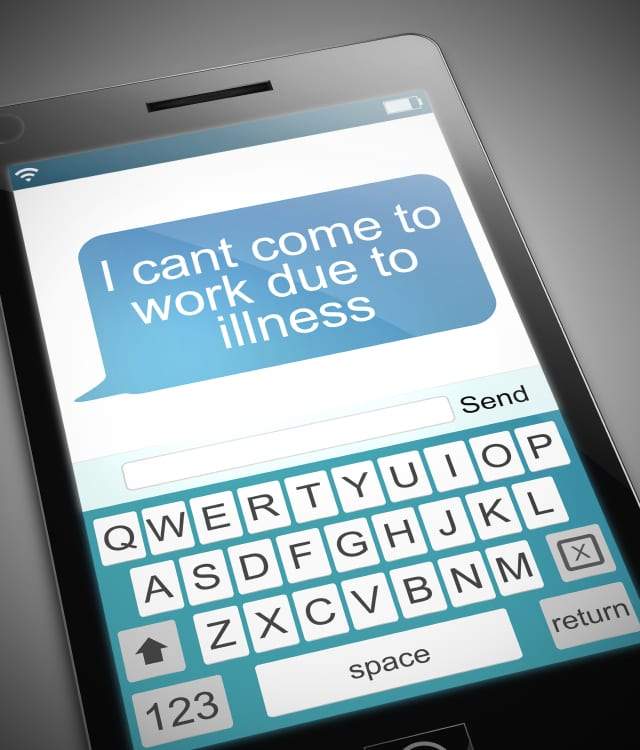Yesterday (29 May) the Chancellor announced more details about the extension to the Coronavirus Job Retention Scheme (CJRS), the key details being as follows:

Flexible furloughing
From 1 July 2020, Employers have the flexibility to bring previously furloughed employees back to work part-time – with the government continuing to pay 80% of wages for any of their normal hours they do not work up until the end of August. This flexibility comes a month earlier than previously announced to help people get back to work.
Employers can decide the hours and shift patterns that your employees will work on their return and will be responsible for paying their wages in full while working. This means that employees can work as much or as little as your business needs, with no minimum time that Employers can furlough staff for.
Any working hours arrangement that Employees agree with their employee must cover at least one week and be confirmed to the employee in writing. When claiming the CJRS grant for furloughed hours, Employers will need to report and claim for a minimum period of a week. They can choose to make claims for longer periods such as on monthly or two weekly cycles if they prefer. Employers will be required to submit data on the usual hours an employee would be expected to work in a claim period and actual hours worked.
If your employees are unable to return to work, or you do not have work for them to do, they can remain on furlough and you can continue to claim the grant for their full hours under the existing rules.
Employer contributions
From August, the government grant provided through the job retention scheme will be slowly tapered.
- in June and July, the government will pay 80% of wages up to a cap of £2,500 as well as employer National Insurance (ER NICs) and pension contributions for the hours the employee doesn’t work – employers will have to pay employees for the hours they work.
- in August, the government will continue to pay 80% of wages up to a cap of £2,500 but employers will pay ER NICs and pension contributions – for the average claim, this represents 5% of the gross employment costs that they would have incurred if the employee had not been furloughed.
- in September, the government will pay 70% of wages up to a cap of £2,187.50 for the hours the employee does not work – employers will pay ER NICs, pension contributions and 10% of wages to make up 80% of the total up to a cap of £2,500.
- in October, the government will pay 60% of wages up to a cap of £1,875 for the hours the employee does not work – employers will pay ER NICs, pension contributions and 20% of wages to make up 80% of the total up to a cap of £2,500.
- the cap on the furlough grant will be proportional to the hours not worked.
If you are a smaller employer, some or all of your employer NIC bills will be covered by the Employment Allowance, so you should not be significantly impacted by that part of the tapering of the government contribution.
Self-Employed Grant Scheme Extended
- In addition, the Chancellor also announced the self-employed grant is being extended, with applications opening in August for a second and final grant. There will be parity with the reducing furlough scheme, paying 70% (not 80%) of average earnings up to £6,750/
Important dates for Employers
It’s important to note that the scheme will close to new entrants from 30 June. From this point onwards, Employers will only be able to furlough employees that they have furloughed for a full three-week period prior to 30 June.
This means that the final date that Employers can furlough an employee for the first time will be 10 June for the current three-week furlough period to be completed by 30 June. Employers will have until 31 July to make any claims in respect of the period to 30 June.
At the date of this announcement we are still awaiting updates to the Treasury Direction and the Employer’s Guidance and therefore this information provided by the Chancellor in his press conference should be taken with a degree of caution until the full details are published, but these headline points announced should enable Employers to start planning for the coming weeks and months.
Ending Furlough
With this additional clarity form the UK government and lockdown restrictions easing across the UK, many employers will want to start planning what a return to work from furlough might look like. To assist Employers, we have added a new section to our COVID-19 Furlough FAQs – RETURNING TO WORK FROM FURLOUGH and further guidance on our blog.
Support for Employers
If you are an Employer and require advice and support on the various steps you need to take to end furlough correctly, call us now on 0800 612 4772 or Contact us via our website and we will set out a clear, step by step plan you can follow to to help ensure you comply with your legal obligations.
 Advice on Settlement Agreements Employees
Advice on Settlement Agreements Employees Advice on Settlement Agreements Employers
Advice on Settlement Agreements Employers






